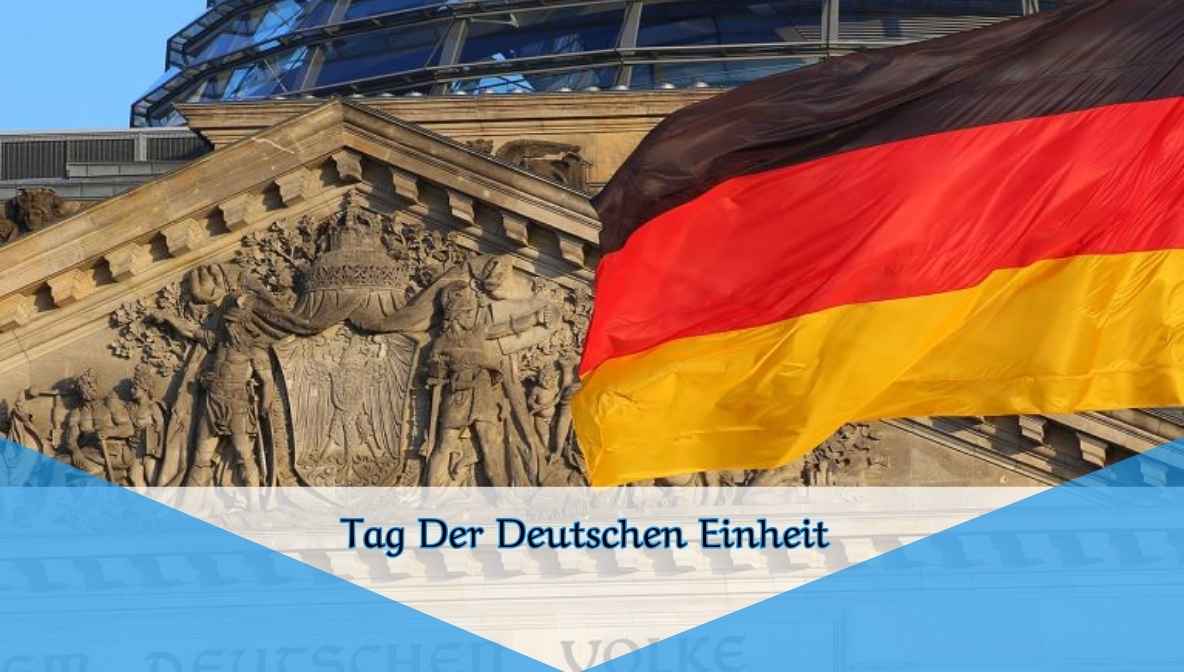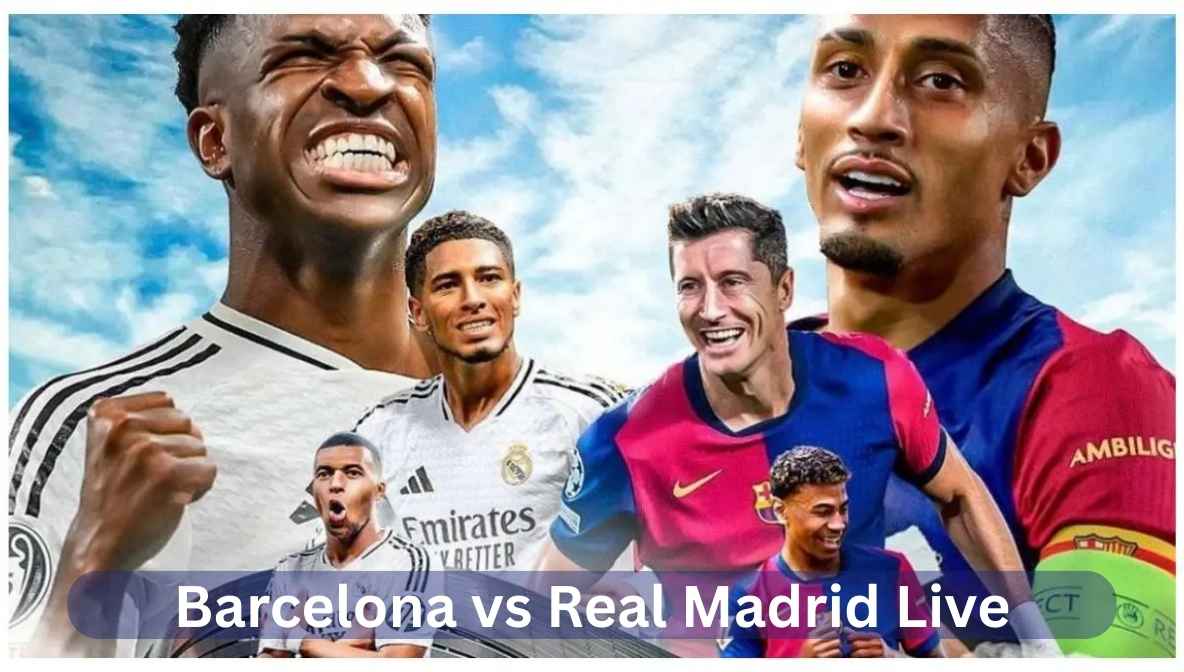
Tag der Deutschen Einheit, known as the “Day of German Unity,” is celebrated every year on October 3rd in Germany. It showcases the historic event of the year 1990 when the East Germany (GDR) and West Germany (FRG) were actually reunited as a single sovereign state. This major incident is a sign that a partitioned Germany is no more following the period after World War II, and it is a symbol of peace and democracy, and solidarity of German people.
It is an event that is more than a day on the calendar. And it makes the citizens recall about the hardships and successes that united a divided nation out of political fragmentation after many years of separation. It is a reflecting, celebratory and country-pride day in German cities and towns.
Three Important Things Then the Introduction:
- It is an annual celebration on October 3rd of the year.
- It represents the unification of the East and West Germany in 1990.
- In contemporary Germany, it is seen as a symbol of freedom, democracy, and unity.
Why Is Tag Der Deutschen Einheit Celebrated?
Tag der Deutschen Einheit is celebrated to honor the official reunification of Germany. Germany was divided into two states West Germany that had a democratic form of government, and East Germany that had a communist policy after World War II. This partition resulted in the building of the Berlin wall in 1961 that physically and ideally split these two territories.
This took a twist in 1989 when peaceful demonstrations resulted to be more intense in East Germany. People wanted a greater freedom and reformation. The Berlin Wall was eventually brought down on November 9, 1989 leading to the reunification.
On the 3 rd of October 1990 the reunification treaty was signed and hence Germany became one united country. Such is the reason why it is October 3 rd that is set as an occasion to celebrate this victory.
Table: Key Events Leading to Tag Der Deutschen Einheit
| Year | Event |
|---|---|
| 1945 | Germany is divided after WWII |
| 1961 | Construction of the Berlin Wall begins |
| 1989 | Berlin Wall falls on November 9 |
| 1990 | Germany is officially reunified on Oct 3 |
Caveat: this day is not only about unity but is also the day that appreciates the peaceful revolution that made it all possible.
How Is Tag Der Deutschen Einheit Celebrated in Germany?
Celebrations held in various regions are always different, however, they are always colorful and joyous. The national celebration rotates among the various German states (Bundesland) every year with such events as concerts, speeches, parades, cultural exhibitions, etc. Rather significant political leaders (President and Chancellor) tend to deliver speeches where they stress the idea of unity and democracy.
Music shows, fireworks, and open-air festivals are also organized and people go out in crowds to view them. The historical monuments which get illuminated and act as a background of these celebrations include the Brandenburg Gate in Berlin.
Table: Common Ways Germans Celebrate Tag Der Deutschen Einheit
| Activity | Description |
|---|---|
| Public Speeches | Leaders discuss democracy and unity |
| Cultural Exhibitions | Showcases German history and art |
| Fireworks Displays | Held in major cities to mark the celebration |
| Music & Food Festivals | Featuring German bands, traditional foods, and drinks |
Note: It is important to note that on this day a lot of times public transit is waived or made cheap in order to promote activity in the events.
So, What is the History of the German Unity?
To fully understand Tag der Deutschen Einheit, it’s important to go back to Germany’s past. Germany became occupied by the United States, Britain, France, and the Soviet Union; it was divided into four parts after World War II. In the course of the development, the Western allies united their zones in forming West Germany (FRG) and the Soviet Union converted its zone to East Germany (GDR).
The political difference between democracy and communism increased. Children were taken away from the home and the wall of Berlin was erected to prevent the movement of the East Germans to the West. Strict controls did not prevent resistance and longing of freedom.
Towards the end of 1980s, people in East Germany were facing economic hardships and they wanted their human rights to be observed and there were mass protests. These as well as the political movements in the Eastern Europe led to the peaceful revolution that led to the fall of the Berlin wall.
Case in point: When huge crowds hit the streets of Berlin and demanded the Wall to be opened this was considered as one of the most iconic moments. Soldiers surrendered and people on both sides embraced each other and partied as they crossed the border with complete freedom after decades.
By the way, the path to unity was not simple. To cross the divide, there was the need to take a stand, be strong and the strength of a non-violent resistance.
What Does Tag Der Deutschen Einheit Mean to Today’s Generation?
For younger generations in Germany who didn’t experience the Cold War or the Berlin Wall, Tag der Deutschen Einheit is an important history lesson. Schools and universities use the occasion to explain to the students on the split of Germany, the contribution of civil movements and the relevance of freedom and human rights.
It is also a period that the families can be united and remind them of how much the country has achieved already and teach them the value of unity and peace. There are numerous testimonies of what life was like at the time when the country was split and this benefits the younger generation about the significance of this day.
Furthermore, the reunification of German took an example to the world. It demonstrated that even significantly antagonistic countries may enter unity through their relationship and peaceful deed. This story kept a lot of people inspired in a world that was full of political conflicts.
Example: In Berlin, students usually give visits to museums such as the DDR Museum or the Berlin Wall Memorial, where they can have a look at real-life exhibits pertaining to East Germany, such as household items, uniforms, and surveillance gadgets utilized by the Stasi.
The Effect of German Unity to Europe and the World.
The collapse of the Berlin wall and the reunification of Germany did not only create a significant impact in Europe, but all over the world. It marked the defeat of the cold war, enhanced the siting of democracy in Eastern Europe and saw the rise of new economic alliances in the European Union.
The winning of the unified and strong democratic state by Germany has turned out to be a role model in peaceful conflict resolution. It has also enhanced the position of Germany as being one of the dominant countries in the European Union and a forceful advocate in the world politics.
The attempt to jointly solve issues such as economical imbalance between the east and the west, reconstruction of infrastructure and standardization of the education system within Germany made the country the center of focus as it managed to address those challenges experienced in the countries around the world. Today Germany is regarded as an example of a successful change and togetherness.
Comparison Chart: East vs. West Germany Before Reunification
| Aspect | East Germany (GDR) | West Germany (FRG) |
|---|---|---|
| Government | Communist (Soviet-influenced) | Democratic (Allied-supported) |
| Economy | State-controlled | Capitalist, market-driven |
| Travel Restrictions | Very strict | Open movement |
| Living Standards | Lower | Higher |
| Media & Expression | Censored | Free press and expression |
Conclusion
Tag der Deutschen Einheit is more than just a historical milestone. It is celebration of human spirit, endurance and desire to be free. Since Germany is still recovering and turning out even stronger, this day makes a reminder to all the citizens about journey through which they became united.
Regardless of whether it is celebrated during any public events, family gatherings, or educational programs, the day of German Unity has retained a lot of significance. It preaches that despite having lived long years apart, torn by hatred and unrest, peace and cohesion can always be achieved, through knowledge, strength, and solidarity.
This may serve as a lesson to the whole world, not only German people, that unity is something worth pursuing, and freedom is a thing to cherish.
FAQ’s
1. What is Tag der Deutschen Einheit?
Tag der Deutschen Einheit is Germany’s national holiday, celebrated on October 3rd, to commemorate the reunification of East and West Germany in 1990.
2. Why did world war II divide Germany?
The Allied Powers partitioned Germany to four: zones of occupation. Political differences have over time resulted in the formation of East and West Germany.
3. What is the German way to celebrate this day nowadays?
There are public speeches, concerts, cultural events, fireworks, and family gatherings. Each year the main event is held in a different German state.
4. Why is the 3 of October the day of celebration?
The day of signing the reunification treaty was on October 3rd, 1990, by which the official reunification and legal and political unification of Germany had occurred.
5. What can other nations learn of German Unity Day?
Tag der Deutschen Einheit teaches the value of peace, the power of civil movements, and the importance of democratic unity in overcoming division.
![Is Wellbutrin Good for Anxiety? 7 Must-Know Facts [2025 Guide]](https://mp4moviez2.co.in/wp-content/uploads/2025/07/is-wellbutrin-good-for-anxiety.jpg)
![Beta Blockers for Anxiety: 7 Essential Benefits [2025 Guide]](https://mp4moviez2.co.in/wp-content/uploads/2025/07/beta-blockers-for-anxiety.jpg)



